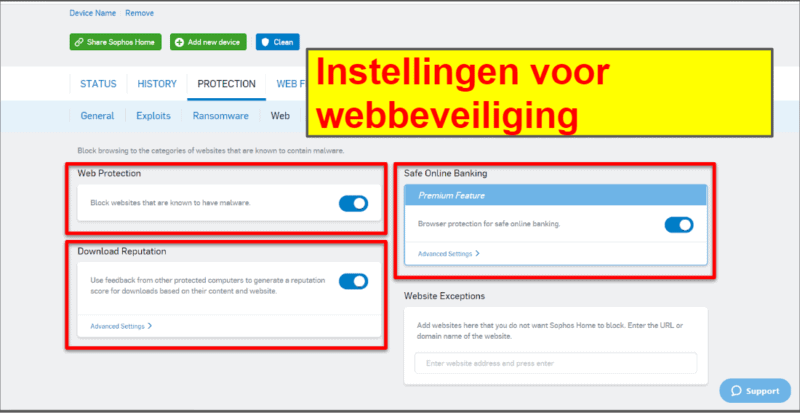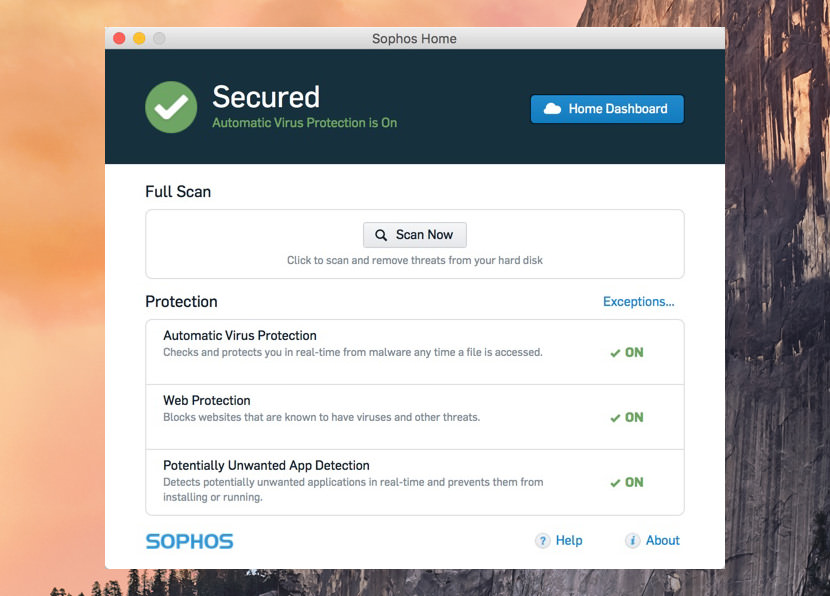Sophos Support Plans Our support plans range from basic technical support to options including direct access to senior support engineers and customized delivery. Receive Training As a Sophos Customer, you can attend our courses and webinars to stay up to date. Visit sophos.com for complete information. Sophos Web Security and Control Test Site. This test site contains pages classified by SophosLabs for the purpose of testing our web security and control products. Note that some pages are classified as potentially offensive or dangerous however the page content itself should be considered safe for.
With states and school districts around the country accelerating plans to return students to full, in-person learning, and the federal government’s strategies to vaccinate teachers by the end of April, it feels like we’re finally turning a major corner on the pandemic. It’s been a long and difficult year for parents, teachers and students alike in trying to balance social distancing with at-home or hybrid learning, but the growing pace of vaccinations and school reopenings means we’re close to finally giving our kids some semblance of normalcy again.
And not a moment too soon, according to a new independent research survey. Sophos Home commissioned Vanson Bourne to survey more than 1,000 U.S.-based respondents with school-aged children under 18 years old, 94% of which have had children attend school via remote learning at some capacity since the start of the COVID-19 pandemic. We asked parents about their online security concerns during the pandemic, and what they’re doing to keep their families safe – including how they’re securing school-owned and personal devices such as laptops, desktop computers, tablets, and smartphones that their children use. The survey was conducted in February 2021.
Findings show how parents’ pre-pandemic behaviors and attitudes toward at-home online security have exploded into genuine fears about their family’s vulnerability to cyber threats as many have spent the past year in front of screens and on home Wi-Fi networks. Perhaps most importantly, the findings provide new insights into addressable security gaps as schools around the country open their doors to more students – and their devices.
Handbrake mac os catalina. Key findings include:
- 2 in 3 parents worry about imminent cyberattacks, and more than half say they’re more at risk now than ever before
Two-thirds (67%) of parents fear they or someone in their family could be the target of an online attack in the next 12 months. At the same time, more than half (51%) of parents say that family members are more at risk of being hit by an attack now than they were 12 months ago.
- Viruses and malware top the list of parental concerns; identity theft, social media hacking and financial fraud closely follow
Almost all parents (93%) are worried about cyber threats affecting their families. The most common concerns are viruses and malware (54%), identity theft (43%), social media hacking (42%), and financial fraud (42%).
- Security practices are lacking
Alarmingly, 59% of parents do not set up separate user accounts on devices that their children use. Further, 49% do not have user passwords set up on these devices, leaving them open and unsecure for anyone to use. Only half (50%) of parents have added parental controls on devices that their children use, and only 42% have set up safe browsing or a web content filter.
- There’s no clear understanding around who is responsible for securing devices – especially school-owned devices
Who owns the devices and what they’re used for is mixed, which muddies the waters in both perceptions of who is responsible for securing the device and of their overall level of exposure. Of those who have school-owned devices in their homes, almost four in 10 (38%) say it’s solely the school’s responsibility for securing these devices. While that may feel like a safe assumption, it begs the questions of how schools are actually protecting these devices, especially considering last year’s rush to provide them to students in the sudden shift to remote learning. Many parents aren’t taking chances, with 24% reporting it’s their responsibility as parents to secure school-owned devices, and 35% saying it’s a shared responsibility with the school.

The good news is that the majority (81%) of parents believe they own the responsibility of securing personal devices that their children use, or they knowingly share it with the school or someone else in their household. However, it remains that 15% of parents don’t believe they’re responsible for securing personal devices used by their children.
Five Security Recommendations for Parents
The silver lining is that despite the turbulence of the past year, most families have not taken their eye off the ball when it comes to online security. In fact, 55% percent say cybersecurity is still a top priority.
Despite this, there are far too many who aren’t taking the basic precautions to protect their families against online threats. Here are a few quick and easy measures that parents can take right now to better secure their family’s devices:

- Install antivirus software, and turn on auto updates
- Create user account passwords for each device, and set up separate user accounts on shared devices
- Implement parental controls (e.g., web browsing filters) on devices used by kids
- Block social media apps on children’s devices or accounts
- Update your child’s device operating system as soon as new security patches are available
Simplifying Cybersecurity at Home
Sophos Home provides security and privacy for the entire family, making it easy for parents to secure and manage all of their family’s devices – including Windows PCs, Macs, iPhones, iPads, and Android phones. A new mobile app further enables parents to do so on the go from their iOS and Android devices, no matter where they are or where extended family members live.
Learn how other parents are using Sophos Home to protect their families, or download a free trial for yourself.
The option to configure OSPF is available only when Sophos Firewall is deployed in Gateway mode.
OSPF (Open Shortest Path First) is one of the IGPs (Interior Gateway Protocols). Compared with RIP (Routing Information Protocol), OSPF can serve many more networks and the period of convergence is very short. OSPF is widely used in large networks such as ISP backbone and enterprise networks.
The Sophos Firewall implementation of OSPF supports:
- OSPF version 2 (as described in RFC 2328)
- Plain text and Message Digest 5 (MD5) authentication
Sophos Online Training
How OSPF works
OSPF keeps track of a complete topological database of all connections in the local network. It is typically divided into logical areas linked by area border routers. An area comprises a group of contiguous networks. An area border router links one or more areas to the OSPF network backbone.
Sophos Firewall participates in OSPF communications, when it has an interface in the same area. Sophos Firewall uses the OSPF Hello protocol to acquire neighbors in an area. A neighbor is any router that has an interface to the same area as the Sophos Firewall. After initial contact, the Sophos Firewall exchanges Hello packets with its OSPF neighbors at regular intervals to confirm that the neighbors can be reached.
OSPF-enabled routers generate link-state advertisements and send them to their neighbors whenever the status of a neighbor changes or a new neighbor comes online. If the OSPF the network is stable, link-state advertisements between OSPF neighbors do not occur. A Link-State Advertisement (LSA) identifies the interfaces of all OSPF-enabled routers in an area, and provides information that enables OSPF-enabled routers to select the shortest path to a destination. All LSA exchanges between OSPF-enabled routers are authenticated. The Sophos Firewall maintains a database of link-state information based on the advertisements that it receives from OSPF-enabled routers. To calculate the shortest path to a destination, the Sophos Firewall applies the Shortest Path First (SPF) algorithm to the accumulated link-state information.
The Sophos Firewall updates its routing table dynamically based on the results of the SPF calculation to ensure that an OSPF packet will be routed using the shortest path to its destination.
Removing routes
To remove route configuration, execute the no network command from the command prompt as shown below:
Turning off OSPF
To turn off OSPF routing configuration, execute the no router command from the command prompt as shown below:
Sofo Home Antivirus
OSPF configuration task list
Sophos Online File Scanner
OSPF must be turned on before you carry out any of the OSPF commands.
To configure OSPF, see OSPF configuration steps
